The Evolution of Cannabis Products
Written by Chris Weatherall on Jun 7, 2021Cannabis has a complicated history in the United States. What started as a required crop for colonists in early Virginia, Massachusetts, and Connecticut – thanks to Brits’ reliance on hemp for its maritime fleet – became a product both loved and hated by Americans. Cannabinoid use didn’t start in the U.S., however, and the evolution of the cannabis industry has an interesting history spanning thousands of years and dozens of countries.
The cannabis or marijuana plant, known as Cannabis sativa, includes more than 100 chemical compounds. Different kinds of cannabis products are sourced from a single plant, making them highly versatile but highly scrutinized. From medical use of cannabinoids to nutritional support from hemp seeds, the Cannabis sativa is popular to ease the pain of chronic conditions, create strong fabrics, help lessen effects of anxiety and depression, and, of course, for a recreational high in 17 states and the District of Columbia.
Cannabis in Many Forms
The history of cannabis is more than the joints, oils, and edibles that are known today. Different kinds of cannabis products, from fibrous hemp to individual plant leaves, have been used in hundreds of ways.
Hemp
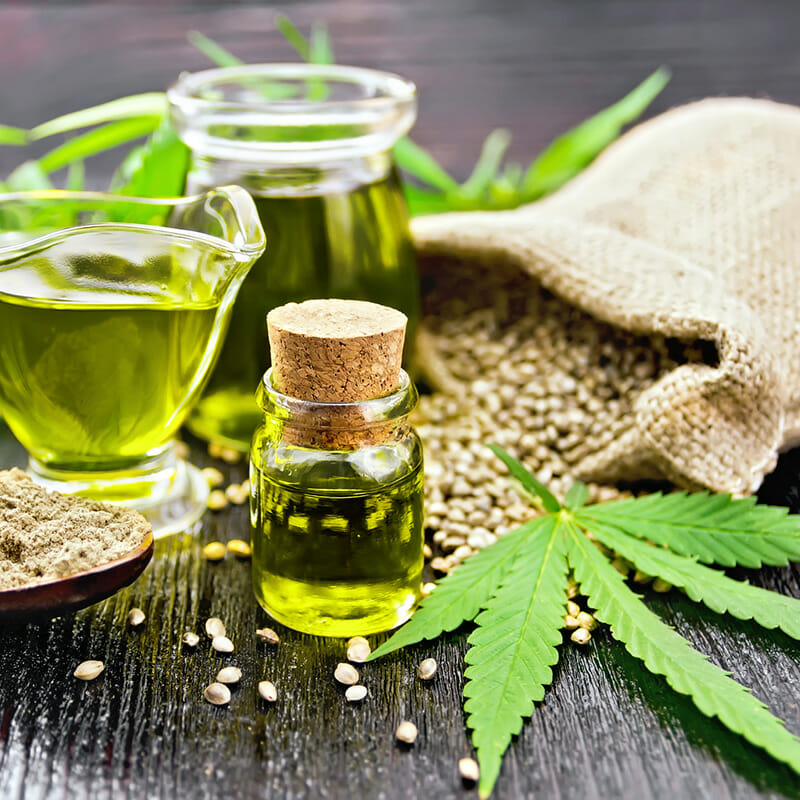
The history of hemp spans more than 10,000 years. Easy to grow and highly versatile, almost every part of the plant can be used: fiber from the stems is used for rope and clothing, the seeds for protein, oils from leaves for topical products, and oils and flowers for smoking.
Although it’s made from the same plant as its intoxicating cousins, hemp doesn’t contain tetrahydrocannabinol, or THC, which is known to create a mind-altering effect. Many CBD oils on the market are made from processed hemp for this very reason.
Hemp fibers are unusually strong and have been for fabric, rope, clothing, and sails for ships. The British found hemp to be a superior fabric and used it as a prized part of their maritime efforts. Today, hemp can be found in bedding, denim, reusable grocery bags, and more.
Leaves and Flowers
The leaves of a cannabis plant have been used for centuries. When most people think of cannabis, they think of the leaves – thin, jagged leaves that branch out into seven branches. The euphoric feeling a person gets when using the leaves and flowers is due to THC. The leaves are dried and then rolled in thin paper, baked or added into foods, or vaporized and ingested. Flowers of the plants, have a higher level of THC and are known as hashish.
Medical marijuana falls into this category. Some ways it’s used include vaporized spray, smoking the flower, adding to a pill and ingesting orally, or baking it into cakes, cookies, or other foods. Recently, many patients who use medical marijuana have started using vaporizers or e-dab rigs as modes of consumption, as they can work faster than other forms. According to a survey, 53% of adults said they prefer a vaporizer, and 34% felt vaporizing or dabbing gave the quickest symptom relief.
Oil
Oil from the plant, known as CBD oil, is created from pressing the oil from the leaves and adding it to coconut oil or another type of carrier oil. CBD oil contains pain-relieving effects similar to the medical use of cannabinoids. Beginning in the early 1940s, American scientists and researchers began studying the properties of CBD extract, creating the momentum found today for a variety of products, including pain relief cream, gummies, pills, and topical solutions.
CBD oil can be derived from both hemp and marijuana plants. The first has little to no THC and can be bought and sold in all fifty states. CBD oil from marijuana is a little more complicated, as it does contain enough THC to be considered a marijuana product. States with legal CBD, regardless of the source or how it’s used, include Washington, D.C., Oregon, Alaska, California, Nevada, Colorado, Illinois, Michigan, Vermont, Maine, and Massachusetts.
The History of Cannabis
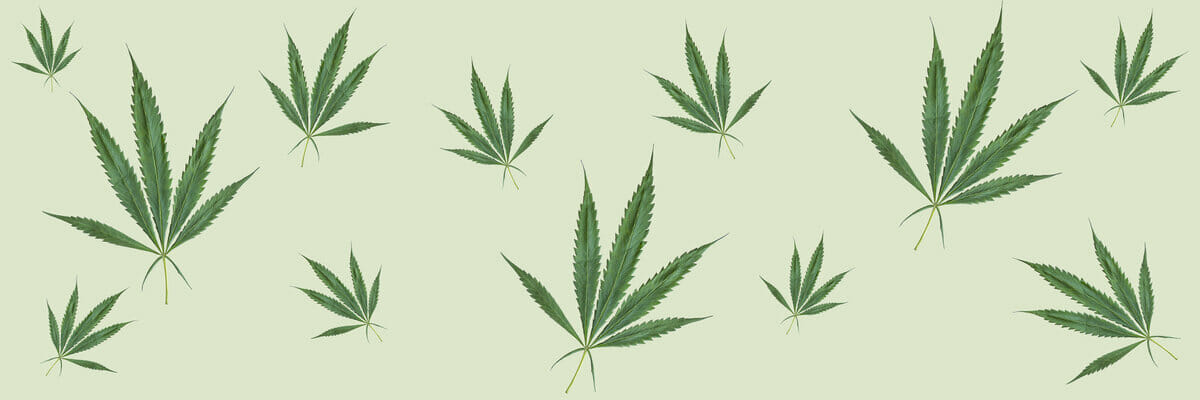
Since humans have been on this earth, they have used the resources around them to help them live better, from a physical and spiritual point of view – and cannabinoids have been a part of that journey for a very long time.
Pain relief and mind-altering effects of cannabinoids are not new. However, ancient cultures were thought to use them not for those reasons but as herbal medicine and spiritual ceremonies. The evolution of the cannabis industry moves through several continents and cultures and has gone from helpful to harmful and back again.
Cannabis was first used in Central Asia in 500 B.C. and cultivated with relatively low levels of THC. However, it’s thought that some produced for religious ceremonies had a slightly higher amount. History accounts for a group of Iranians who smoked hashish after 800 A.D. In Islamic cultures, individuals chose cannabis for its mind-altering effects because the Quran explicitly forbids alcohol and other drugs, but not cannabis.
Cannabis slowly spread from the Central Asian region to the rest of the world. In the early 1500s, Spanish explorers brought fibrous hemp to Europe. Its strong tendencies made it a popular material for shipbuilding, and when explorers landed in America, the British government required new colonies to do their part by planting hemp.
As the popularity of cannabis grew, the fear of the plant did, too. During Prohibition, cannabis was outlawed alongside alcohol, thanks to a distrust of mind-altering substances in general. Massachusetts was the first to outlaw cannabis, followed by Maine, Indiana, New York City, Vermont, Colorado, and Nevada in the 1910s. In 1937, the U.S. passed the Marijuana Tax Act, which put a ban on marijuana and hemp growing – and the two were unfairly added together as the same mind-altering drug.
People in the United States never found favor with cannabis other than in fringe groups, like the counterculture movement in the 1950s and 1960s. President Johnson established the Bureau of Narcotics and Dangerous Drugs to help fight the usage of marijuana. In 1970, the Controlled Substances Act said marijuana had no therapeutic benefit, and due to its potential for abuse, was not recommended, except under strict medical supervision.
In the 1970s, Richard Nixon declared the plant was a target in the “War on Drugs.” The 20th century was a tumultuous time for cannabis because it became a social and political scapegoat for systemic problems. But like all evolutions, the best was yet to come.
Medicinal Use of Cannabis

Throughout history, cannabinoids have been used for medicinal purposes. In ancient India, cannabis was used for headaches, stomach aches, and mothers in labor. Greeks used parts of the plant in a few different ways, including boiling the leaves in tea, dressing wounds, and steam baths.
In the mid-1800s, research into the pain-relief properties of cannabis brought a boom to doctors in the Western world. Introduced by an Irish physician, cannabis was found to help everything from migraines to stomach cramps and at one point, was included in more than 2000 “patent medicines” – pseudo medicines that sometimes had dangerous other chemicals. Cannabis fell out of favor for some time as a medicine.
Medical marijuana had a boost in November 1976 when a Washington, D.C. man with glaucoma was taken to court on charges of marijuana use and growing. After showing the benefits of using medical marijuana, the court determined his use was a medical necessity and dismissed the federal charges. The patient, Robert Randall, became the first American to be provided with medical marijuana treatment legally.
Cannabis began another transformation as doctors started experimenting with the medical use of cannabinoids for cancer and AIDS patients in the 1980s, providing pain relief and boosted appetite. Marinol, a drug made from synthetic THC, was used for nausea from chemotherapy and to help stimulate appetite during treatment.
In 1996, California legalized medical marijuana, opening the eventual floodgate for other states to legalize it as well. So far, 33 U.S. states have legalized the medicinal use of marijuana, and 13 others have legalized it for recreational use as well. In 2018, all fifty states legalized the use of hemp-based CBD products – those with negligible quantities of THC, of course. In other parts of the world, cannabis started becoming more mainstream too. Canada, Uruguay, Belgium, and Chile all decriminalized the plant.
Cannabis Technology and Potency
There are hundreds of possibilities for CBD and marijuana, and the evolution of cannabis has made it possible. Centuries ago, ancient humans used what they could find and encouraged the plant’s growth the same way they grew any other plant. Researchers know cannabis in Asia was more potent than in Europe. Cannabis is grown in warm, open environments, which is why it initially thrived in Central Asia. As experts learn more about how cannabis was developed, they could impact the way strains were grown and control the amount of THC in them, even when growing conditions are less than optimal.
Today, the cannabis industry is growing by leaps and bounds, but until federal regulations make it legal to sell and distribute across the country, states are left to develop their own growing, processing, and packaging requirements. Growers who may see the potential to revolutionize the farming industry with a high-demand product are working on more productive ways to grow high-quality cannabis plants. These, in turn, are turned into different kinds of cannabis products, including CBD oils, edible foods (including snack food, baked goods, trail mix, and gummies), lotions, and creams.
Cannabis Products Available Today
Cannabis has continued to evolve in quality, accessibility, and product. Medical marijuana companies have pushed the limits of creativity and now offer CBD and marijuana in virtually every form imaginable.
Flower

Lush marijuana flower is what you typically think of with marijuana. Whether rolling a joint or smoking a bowl, the flower has a THC level close to 10% to 20% — and is available from growers with top quality in mind. Flowers, also known as buds, have some well-known strains, which include:
- A strain that is grown to enhance creativity
- A strain that can provide physical, full-body relaxation
- A blend of both Sativa and Indica that provides pain relief without becoming overly relaxed.
Cannabis Concentrate
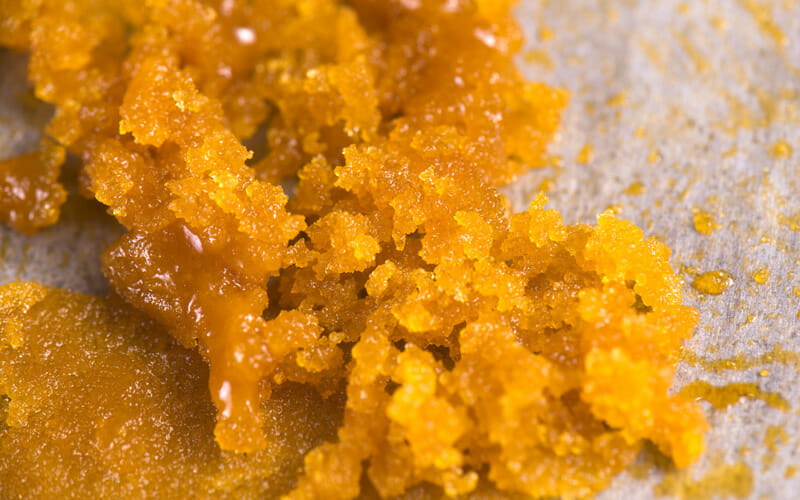
For Mary Jane fans partial to using cannabis without smoking, cannabis concentrate is a relatively new option — and a little goes a long way here. Concentrated cannabis is available in many forms, including wax, batter, budder, sugar crystal, shatter, and crumble. These can be used in mixes, baking, and for making tinctures at home.
Edibles
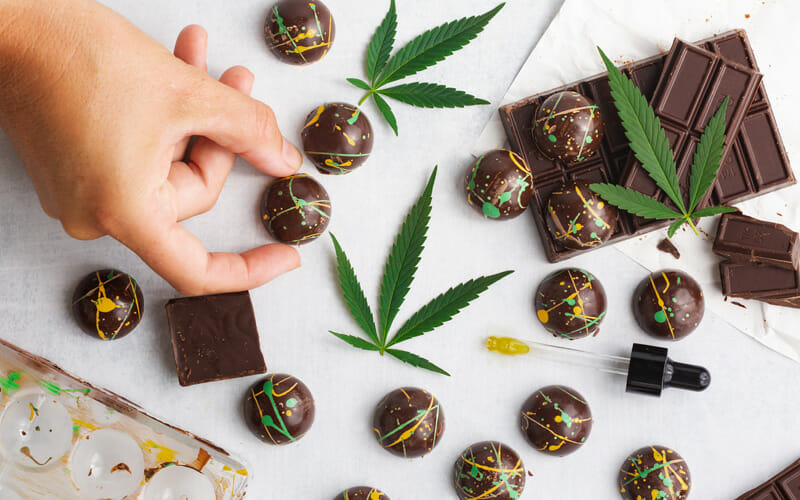
Cannabis edibles have come a long way from simple pot brownies. These days, edible forms of cannabis can be found as gummies, cakes, cookies, suckers, mints, chocolates, and beverages, including sodas, teas, and coffee. Some companies have added cannabis to snacks like chips and trail mix too. For convenience, you can buy premade edibles. However, you can also make your own at home! In fact, we have this Cannabutter Dosage Calculator to help you calculate how much THC to use. Simply enter in the amount of cannabis you have and the number of servings you’re wanting to make, and the dosage calculator will do the rest.
Tinctures
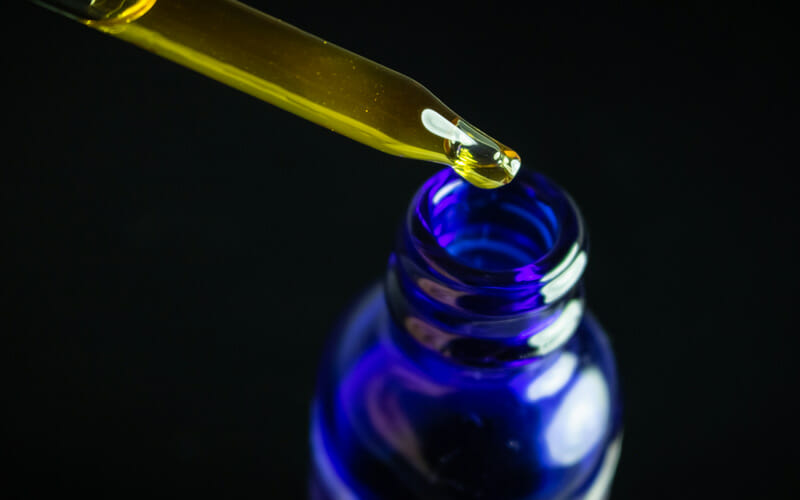
Perfect for those who want to skip smoking, but also don’t want the added calories from edibles, tinctures allow the user to drop a liquid cannabis extraction under their tongue. When dosing a tincture sublingually, you can expect to feel the effects in 15-45 minutes and reach your peak high at about 90 minutes. You can add cannabis tinctures to a beverage and drink it instead, but you should expect a slower onset that way as your body has to digest the product, versus it going into your bloodstream directly when taken under the tongue.
Topical Cannabis
Cannabis isn’t just for eating or smoking anymore. The market for bath and body products, including bath salts, lotions, salves, and balms has recently exploded, and these products provide targeted pain relief for sore muscles and another level of relaxation. Topicals offer many of the benefits without the “high” of edibles, flower, or leaves.
Quality Cannabis You Can Trust

The medical use of cannabinoids has come a long way in the last few thousand years. Thankfully, today’s cannabinoids are easy to access and are available in a wide variety of forms – from topicals to premium flower, there is literally something for everyone on the market today.
Finally, people living with chronic pain can find natural relief – and Kind Meds AZ has the products and professionals to help patients find the best products for your medial and recreational needs.
Stop into our dispensary in Mesa and be sure to check out our cannabis menu for current deals and product offerings.







